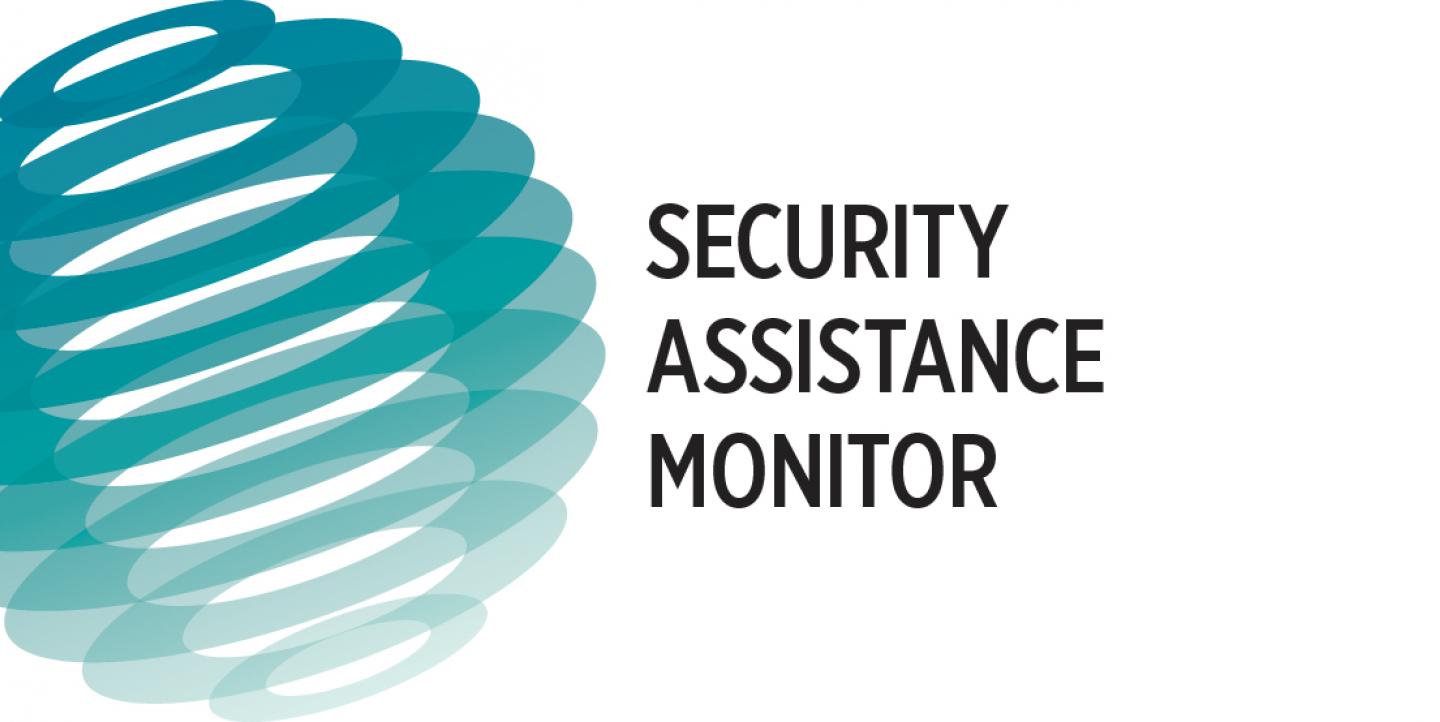As U.S. security and defense assistance to countries worldwide increases, a project of the Center for International Policy is shining a spotlight on the data.
To track the growth of these programs and add a level of transparency, monitoring and evaluation, the Security Assistance Monitor (SAM) created a website featuring a fact-checked, interactive database of U.S. security and defense assistance to at least 190 countries.
The database covers four areas - military aid, arms sales, economic aid and military trainings - and is searchable by country, region, program and assistance type. The interface - though not the data itself - will be translated into Arabic, French, Portuguese, Russian and Spanish.
The SAM team is trying to get this database in front of journalists - U.S.-based and abroad - to dig through the data findings and overcome the “black hole” caused by a lack of people questioning and analyzing this field, said Colby Goodman, director of SAM.
“We know there are tons of stories in the data, but we’re limited; we can’t do research on all aspects of that,” Goodman said. “So we’re hoping people will take the data and spur more research, analysis or come up with other surprising things that we didn’t automatically know were surprising.”
Seth Binder, program manager and research associate at SAM, says the site is particularly useful for foreign journalists, who may not have access to their overall military budget, or know what the U.S. is providing. “This could be a source for them to get that information that otherwise isn’t public,” he said.
In 2015, the top eight country recipients of U.S. military and police aid were Afghanistan, Israel, Iraq, Egypt, Pakistan, Jordan, Syria and Somalia; though the Department of State and Department of Defense don’t always provide the total aid by country, Goodman said.
The database includes data culled from publicly available government reports posted online, documents retrieved through Freedom of Information Act (FOIA) requests, or reports gained through in-person meetings with government staffers.
A footnote accompanies every fact on the site linking to the original source, and all data sets are downloadable. Journalists can also quickly compare one country’s total amount and type of security assistance to another country’s.
“We want journalists to use it as part of an investigative piece, but also if they’re writing a quick one-off story about something going on in a specific country,” Binder said.
SAM is currently supporting journalists in investigations to two areas: examining the increase of U.S. firearms exports around the world and the extent and nature of U.S. counternarcotics aid to Central America, Goodman said.
Alongside the database, the SAM site features blog posts, infographics and fact sheets analyzing the data and recent events. SAM staffers will also cull their data for facts that they know journalists will be wanting when a particular news topic surfaces, or in an area that’s already receiving global attention. SAM recently started an email newsletter specifically for journalists called Just for Facts, designed to provide journalists with compelling data for issues currently or about to be in the news.
During a trip to Kenya, for example, Secretary of State John Kerry mentioned a fact on U.S. counterterrorism aid to Kenya. SAM wrote a fact sheet breaking down the stat and what it means in context. They made the fact sheet downloadable on their site, and the Washington Post, AllAfrica and Defense News wrote stories based on the fact sheet.
The site also features video tutorials for using the database, a page of additional resources like policy statements and U.S. Senate hearings, and detailed, individual country pages.
Logo image courtesy of Security Assistance Monitor

